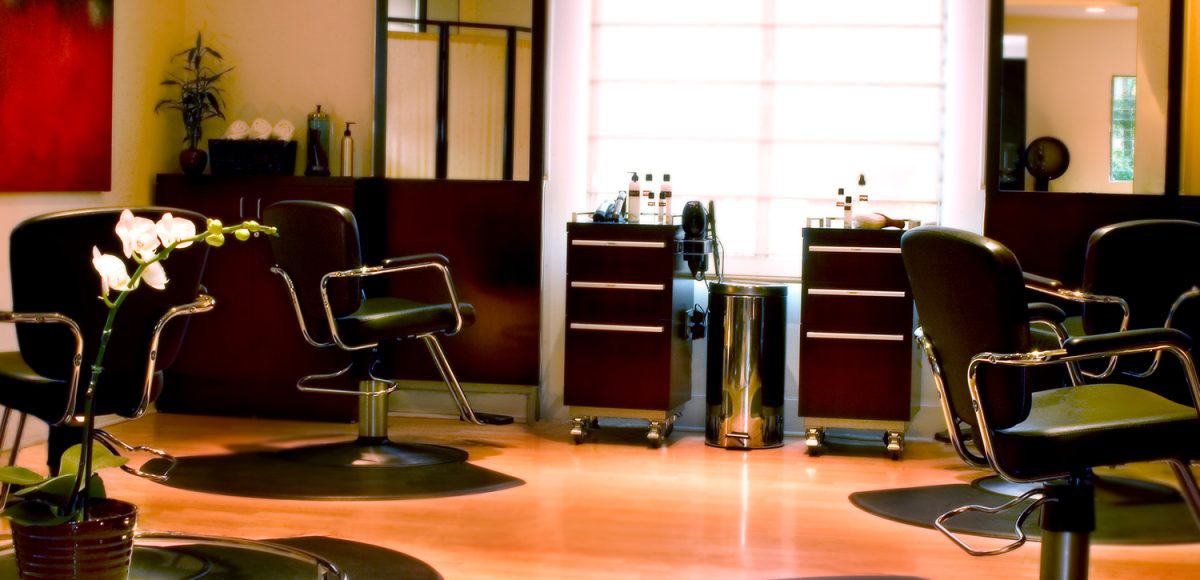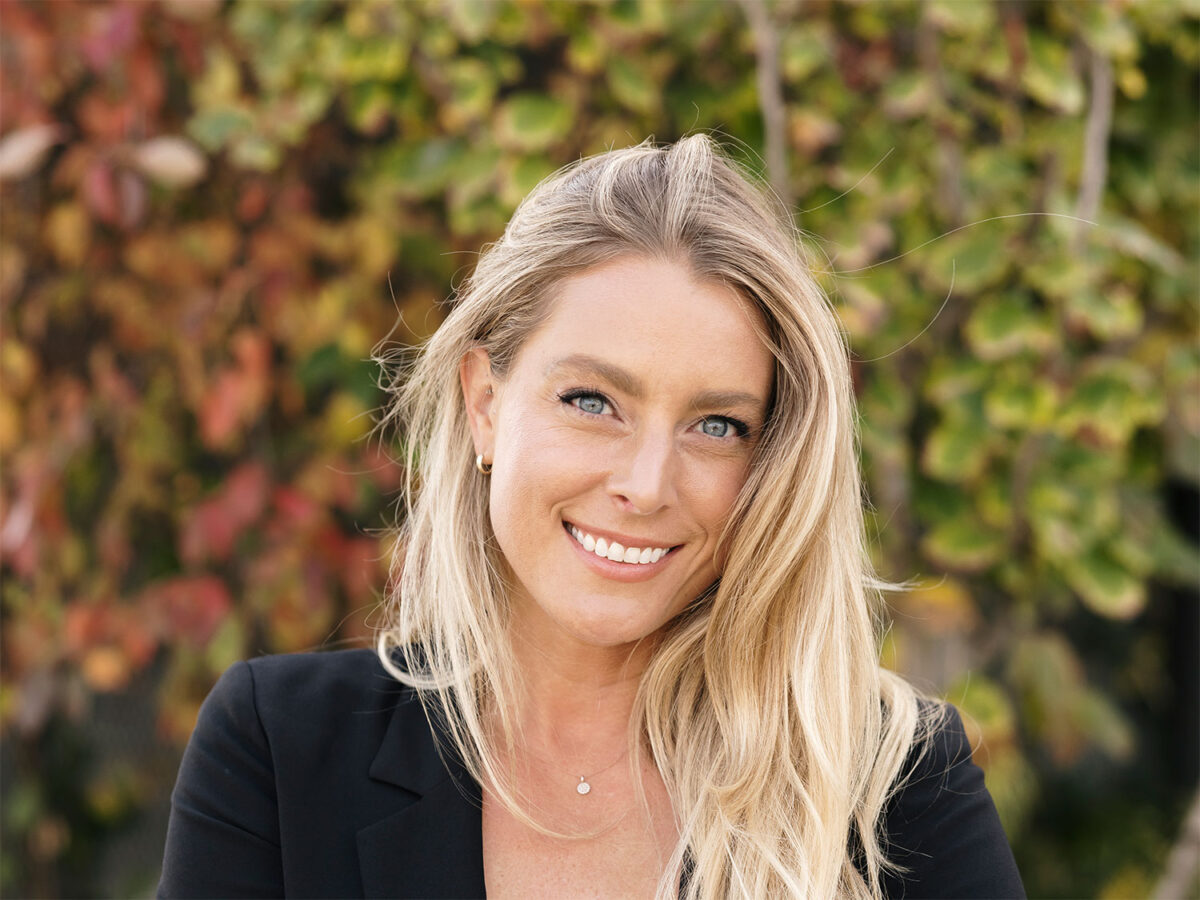On April 5, following a continued decline in new COVID-19 cases, the county moved into the less restrictive Orange Tier as part of the state’s Blueprint for a Safer Economy. Under the revised Health Order issued by the Los Angeles County Department of Public Health (Public Health), capacity limits were increased, and restrictions loosened across most sectors. Personal care establishments such as hair salons, nail salons, aestheticians offering skincare and cosmetology services can now open to 75 percent capacity.
Protocols for personal care include mandatory face coverings, symptom checks and sanitizing per the California Board of Barbering and Cosmetology guidelines. For workers who provide services that require clients to remove their face mask, such as facials, waxing, makeup or shaves, a face shield must be worn in addition to a mask. Any indoor shower, sauna, steam room, or hot tub area remains closed.
“L.A. County moving to the Orange Tier means more vaccinated people coming into the salon feeling more secure to have services rendered,” Umberto Savone, owner of Umberto salon, told the Courier. “The regulations have really not changed much in our sector of business, so it is really challenging for staff and guests who have Covid fatigue. We slowly continue to grow our business week by week.”
Last August, when personal care could only operate outdoors, Savone converted the alley in the back into a fully operational open air beauty salon with styling chairs, washing stations, and more. Now back indoors, the alley is used for customer valet parking.
“Things are pretty good right now,” Joyce Partise, owner of Joyce Marie of Beverly Hills facial spa, told the Courier. “Most of my clients have returned, and I have received a lot of new clients. I think the younger generations have really had issues with the mask causing acne, so that is another reason for many new calls.”
For facialists, the loosened Orange Tier restrictions have had less of an impact because only one client is seen at a time.
While the updated Health Order allows for increased indoor occupancy, many nail technicians remain frustrated, limited to only offering one service at a time per client. Nail technicians are required to wear a face shield in addition to a face mask at all times, and gloves when performing a service. At least one Beverly Hills nail salon has been cited for failure to comply with regulations.
“After 40 years of being one of Beverly Hills largest salons, we sadly had to close our doors,” Joseph Kendall, of Joseph Martin Hair and Beauty salon on North Canon Drive told the Courier. “The biggest reason being that our hairdressers, some of whom have been with us for 25 years or more, are doing better financially doing house call and setting up salons in their homes. We are not alone. Most salon owners I have spoken to are experiencing the same problem.”
Beauty salons throughout Los Angeles have seen their numbers dwindling among staff, who throughout the closures, resorted to house calls without having to pay a salon overhead.
“I feel the days of the big salons are over for the foreseeable future,” Kendall added. “And that is so very sad.”
“Especially during the COVID quarantine closures, kitchen hairdressing was a big thing and it still is,” Marco Pelusi, owner of Marco Pelusi Hair Studio on North Robertson Blvd., told the Courier. Many former full-time hair stylists have either not returned to the salon yet or are there on a part time basis. “We did lose one person completely, and that was our eyebrow artist. For aestheticians, it’s very challenging and almost illegal for them to do most of their services. So, I totally understood that because how could she possibly continue to pay rent to me when she wasn’t even allowed to work?”
According to Pelusi, clients are calling the salon to make appointments based on their vaccination status.
“It’s still not back to where it once was,” Pelusi told the Courier. “Even now at 75 percent capacity, people are not fully vaccinated and there’s still a lot of fear out there. Some of the older clients have been back for months now because they were able to get fully vaccinated earlier in the year.”
“We’re getting there,” Pelusi said. “It’s still not amazing, but there are a lot of people returning. It’s a larger percentage, but not one hundred percent.”







